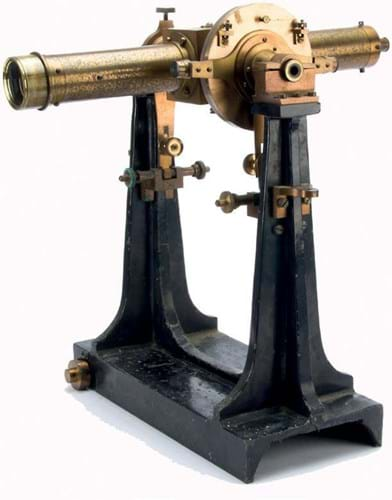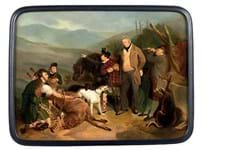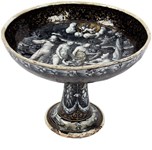This example was signed JH Dallmeyer, London, the Anglo-German optician whose achievements included making instruments for the Winer Observatory, Arizona, in 1863, the Harvard Observatory in 1864 and then several for the British government.
Transit instruments were used to accurately calculate the movement of planets, particularly Venus. The results were used to set regulators and marine chronometers.
This one, with 2in (5cm) telescope, divided scale and micrometer reader, stood 22in (56cm) tall on its massive iron trunnion.
It was not in great condition – it was catalogued as P-F (poor to fair) – and auctioneer Hugo Marsh pitched it at £400-600 at the Newbury rooms on September 25. He was hoping for more but was happily surprised when it sold to a collector at £4400.
Another mid-19th century lacquered brass transit instrument was made by the equally highly regarded 19th century makers Troughton & Simms, whose varied products included the imperial standards of length mounted in Trafalgar Square, the sundial at St Michael’s Mount and the huge astronomical telescope now in Tokyo’s Natural Museum of Nature and Science.
Their 16½in (43cm) high instrument lacked more than half its parts including circle and clamps. Nevertheless, it took £780 against an estimate of £200-300.
Ashanti use
Lesser cousins of these astrological pieces, but also known as transit instruments, are those which are basically sophisticated earthbound theodolites.
One engraved Troughton and Simms, London, No. 7, 14in (36cm) high, incorporated lightweight aluminium and was used by the district commissioner of the Ashanti District in what is now Ghana from 1910-33. Estimated at £200-300, it sold at SAS for £720.















